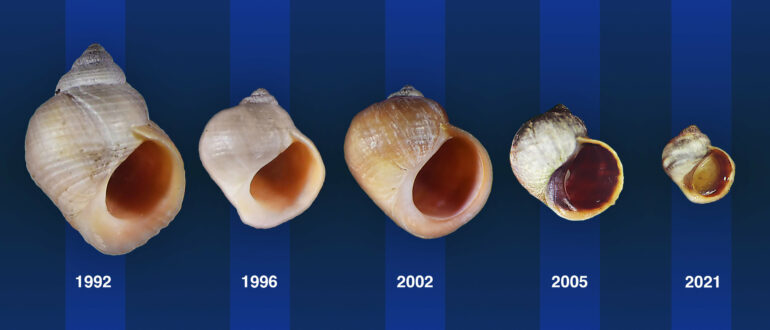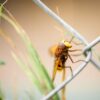Snails on a tiny rocky islet evolved before scientists’ eyes. The marine snails were reintroduced after a toxic algal bloom wiped them out from the skerry. While the researchers intentionally brought in a distinct population of the same snail species, these evolved to strikingly resemble the population lost over 30 years prior.
The study, led by researchers from the Institute of Science and Technology Austria (ISTA) and the Norwegian Nord University, is published in Science Advances.
It is 1988. The Koster archipelago, a group of islands off the Swedish west coast near the border with Norway, is hit by a particularly dense bloom of toxic algae, wiping out marine snail populations. But why would anyone care about the fate of a bunch of snails on a three-square-meter rock in the open sea? As it turns out, this event would open up the opportunity to predict and see evolution unfolding before our eyes.
Before, the islands and their small intertidal skerries—rocky islets—were home to dense and diverse populations of marine snails of the species Littorina saxatilis. While the snail populations of the larger islands—some of which were reduced to less than 1%—were restored within two to four years, several skerries could not seem to recover from this harsh blow.
Marine ecologist Kerstin Johannesson from the University of Gothenburg, Sweden, saw a unique opportunity. In 1992, she re-introduced L. saxatilis snails to their lost skerry habitat—starting an experiment that would have far-reaching implications more than 30 years later.
It allowed an international collaboration led by researchers from the Institute of Science and Technology Austria (ISTA), Nord University, Norway, the University of Gothenburg, Sweden, and The University of Sheffield, UK, to predict and witness evolution in the making.
Wave snails and Crab snails
L. saxatilis is a common species of marine snail found throughout the North Atlantic shores, where different populations evolved traits adapted to their environments. These traits include size, shell shape, shell color, and behavior.
The differences among these traits are particularly striking between the so-called Crab- and Wave-ecotype. These snails have evolved repeatedly in different locations, either in environments exposed to crab predation or on wave-exposed rocks away from crabs.
Wave snails are typically small, and have a thin shell with specific colors and patterns, a large and rounded aperture, and bold behavior. Crab snails, on the other hand, are strikingly larger, have thicker shells without patterns, and a smaller and more elongated aperture. Crab snails also behave more warily in their predator-dominated environment.
The Swedish Koster archipelago is home to these two different L. saxatilis snail types, often neighboring one another on the same island or only separated by a few hundred meters across the sea. Before the toxic algal bloom of 1988, Wave snails inhabited the skerries, while nearby shores were home to both Crab and Wave snails. This close spatial proximity would prove crucial.
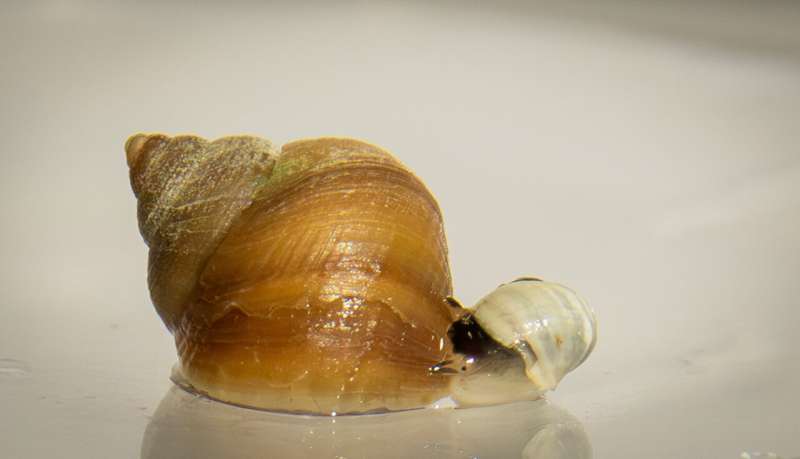
The Crab ecotype (left) is larger and wary of predators. The Wave ecotype (right) is smaller and has bold behavior. © David Carmelet
Rediscovering old traits
Seeing that the Wave snail population of the skerries was entirely wiped out due to the toxic algae, Johannesson decided in 1992 to reintroduce snails to one of these skerries, but of the Crab-ecotype. With one to two generations each year, she rightfully expected the Crab snails to adapt to their new environment before scientists’ eyes.
“Our colleagues saw evidence of the snails’ adaptation already within the first decade of the experiment,” says Diego Garcia Castillo, a graduate student in the Barton Group at ISTA and one of the authors leading the study.
“Over the experiment’s 30 years, we were able to predict robustly what the snails will look like and which genetic regions will be implicated. The transformation was both rapid and dramatic,” he adds.
However, the snails did not evolve these traits entirely from scratch. Co-corresponding author Anja Marie Westram, a former postdoc at ISTA and currently a researcher at Nord University, explains, “Some of the genetic diversity was already available in the starting Crab population but at low prevalence. This is because the species had experienced similar conditions in the recent past. The snails’ access to a large gene pool drove this rapid evolution.”
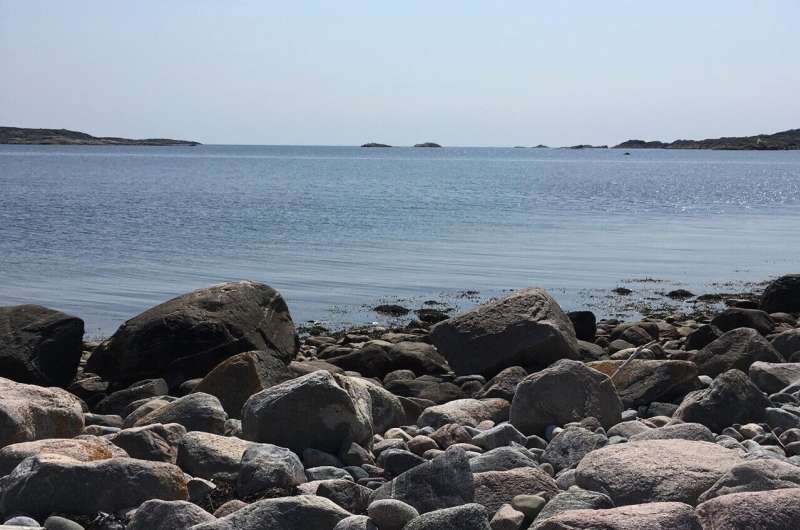
The donor shore of the transplanted snail population (foreground) and the experimental skerry (little dot in the sea to the right). © Kerstin Johannesson
Diversity is key to adaptation
The team examined three aspects over the years of the experiment: the snails’ phenotype, individual gene variabilities, and larger genetic changes affecting entire regions of the chromosomes called “chromosomal inversions.”
In the first few generations, the researchers witnessed an interesting phenomenon called “phenotypic plasticity.” Very soon after their transplantation, the snails modified their shape to adjust to their new environment. But the population also quickly started to change genetically. The researchers could predict the extent and direction of the genetic changes, especially for the chromosomal inversions.
They showed that the snails’ rapid and dramatic transformation was possibly due to two complementary processes. A fast selection of traits already present at a low frequency in the transplanted Crab snail population and gene flow from neighboring Wave snails that could have simply rafted over 160 meters to reach the skerry.
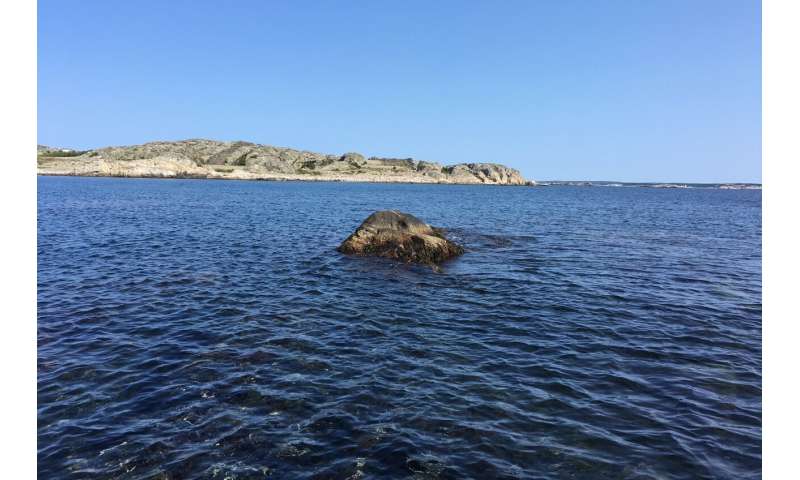
Crab-ecotype L. saxatilis snails were brought here in 1992 after toxic algae wiped out the original Wave-ecotype population. © Kerstin Johannesson
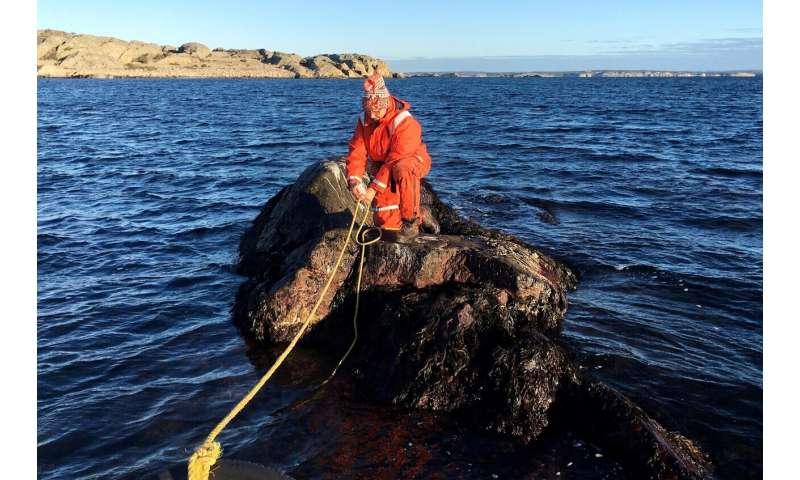
Johannesson is a marine ecologist at the University of Gothenburg, Sweden. © Bo Johannesson
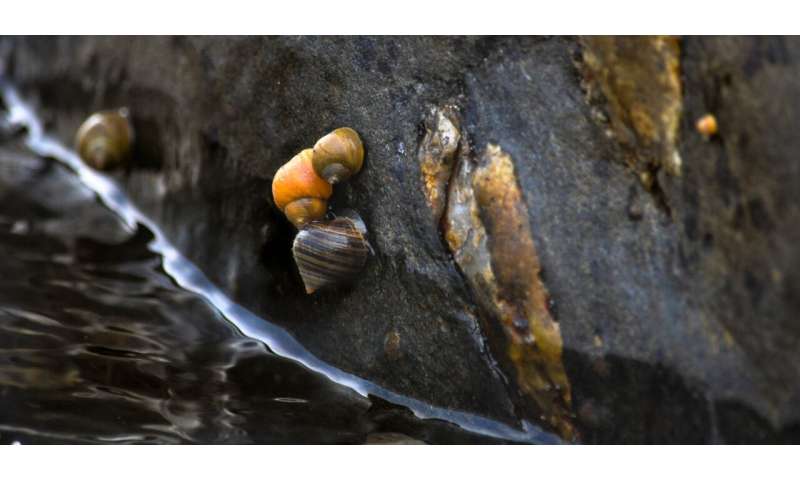
Swedish L. saxatilis marine snails. © Daria Shipilina
Evolution in the face of pollution and climate change
In theory, scientists know that a species with high enough genetic variation can adapt more rapidly to change. However, few studies aimed to experiment with evolution over time in the wild.
“This work allows us to have a closer look at repeated evolution and predict how a population could develop traits that have evolved separately in the past under similar conditions,” says Garcia Castillo.
The team now wants to learn how species can adapt to modern environmental challenges such as pollution and climate change.
“Not all species have access to large gene pools and evolving new traits from scratch is tediously slow. Adaptation is very complex and our planet is also facing complex changes with episodes of weather extremes, rapidly advancing climate change, pollution, and new parasites,” says Westram. She hopes this work will drive further research on maintaining species with large and diverse genetic makeups.
“Perhaps this research helps convince people to protect a range of natural habitats so that species do not lose their genetic variation,” Westram concludes.
Now, the snails Johannesson brought to the skerry in 1992 have reached a thriving population of around 1,000 individuals.
More information:
Diego Garcia Castillo et al, Predicting rapid adaptation in time from adaptation in space: A 30-year field experiment in marine snails, Science Advances (2024). DOI: 10.1126/sciadv.adp2102. www.science.org/doi/10.1126/sciadv.adp2102
Provided by
Institute of Science and Technology Austria
Citation:
Evolution in real time: Scientists predict—and witness—evolution in a 30-year marine snail experiment (2024, October 11)
